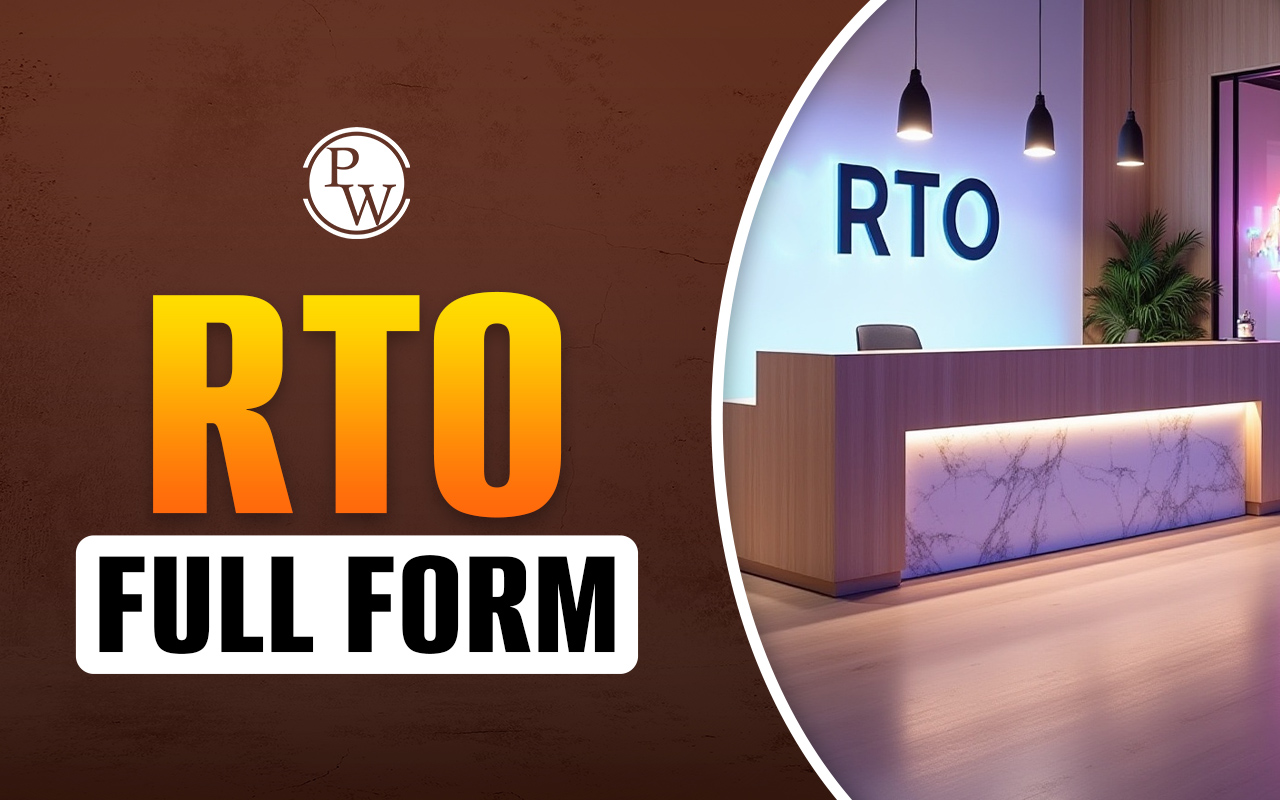

The full form of PPP is Public-Private Partnership.
Public-Private Partnership (PPP) is an innovative business model that has gained popularity in recent years as a means of delivering infrastructure and public services. PPP involves a long-term partnership between a government agency and a private sector entity to design, build, finance, operate, and maintain a public facility or service.
PPP has been used in various sectors such as transport, healthcare, education, water, and energy, and has been touted as a way to leverage private sector expertise and resources to address public sector challenges. While PPP offers significant advantages such as improved efficiency, better quality, and reduced government debt, it also involves risks and challenges that must be carefully managed.
In this article, we will delve deeper into the key aspects and considerations of PPP and its advantages and disadvantages.
Key Aspects of PPP
- Risk sharing: In a PPP, both the public and private sectors share the risks and rewards of the project. This enables the private sector to use their expertise in managing risks and delivering projects on time and within budget.
- Financing: PPP projects are typically financed by a combination of private and public funds. Private sector investors provide the upfront capital investment and are repaid through revenue generated from the project.
- Performance-based contracts: PPP contracts are performance-based, meaning that the private sector is incentivized to deliver high-quality services and facilities to the public. The private sector is responsible for the maintenance and upkeep of the facility, and they are only paid if they meet the agreed-upon performance standards.
Advantages of PPP
- Improved efficiency and innovation: PPP enables the private sector to use their expertise to deliver projects more efficiently and innovatively than the public sector could on its own.
- Better quality and service delivery: PPP projects are performance-based, which means that the private sector is incentivized to deliver high-quality services and facilities to the public.
- Reduced government debt: PPP projects are financed by a combination of private and public funds, which reduces the burden on government finances and debt.
- Risk sharing: In a PPP, both the public and private sectors share the risks and rewards of the project, which reduces the financial risk to the government.
Disadvantages of PPP
- High transaction costs: PPP projects require extensive negotiations, legal and financial due diligence, and contract management, which can result in high transaction costs.
- Private sector profit motive: The private sector's profit motive may conflict with the public sector's objectives of providing affordable services and facilities to the public.
- Limited public control: PPP projects limit the government's ability to control the project, which may result in reduced transparency and accountability.
Key Aspects of PPP
Types of PPP
PPP can take various forms, depending on the degree of private sector involvement and risk sharing. For instance, in a build-operate-transfer (BOT) model, the private sector finances, builds, and operates a facility or service for a specified period, after which ownership is transferred back to the government.
In a concession model, the government grants a private company the right to operate a facility or service for a specified period in exchange for a share of revenue.
Legal and regulatory framework
PPP requires a robust legal and regulatory framework that specifies the roles, responsibilities, and obligations of both the public and private sectors. This framework should also address issues such as contract management, dispute resolution, and transparency.
Financial viability
PPP projects must be financially viable and generate sufficient revenue to repay private sector investors and cover operational costs. This requires careful analysis of the project's financial and economic feasibility, including the projected demand, revenue streams, and costs.
Public consultation
PPP projects should involve public consultation and engagement to ensure that the public's needs and concerns are addressed. This can include consultation with affected communities, civil society groups, and other stakeholders.
Risks and risk management
PPP projects involve various risks, such as construction risks, demand risks, and regulatory risks. Effective risk management requires a thorough risk assessment and mitigation plan, including appropriate risk-sharing mechanisms, insurance, and contingency plans.
Evaluation and monitoring
PPP projects should be subject to rigorous evaluation and monitoring to ensure that they meet the agreed-upon performance standards and deliver value for money. This includes regular reporting, independent audits, and stakeholder feedback mechanisms.
[wp-faq-schema title=" PPP Full Form FAQs" accordion=1]
What are the key benefits of PPP?
What are the risks of PPP?
How are PPP projects financed?
How are PPP contracts structured?
How are PPP projects evaluated and monitored?
What are some examples of successful PPP projects?












